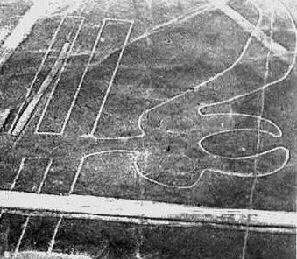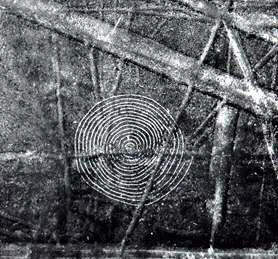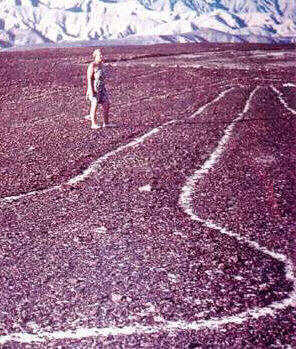Woodworm - Legends and Fairy Tales |
||
Our Memorial - The Nazca Scratchings |
||
Once upon a
time, long, long ago, there was a great assemby of the most learned woodworms, bookworms
and glowworms. The met to discuss what they could do to be more respected by humans. |
So the idea was
born to dig a memorial for the woodworms. It should become a giant city, with hundreds of
streets and plazas. |
|

 Today humans fly in airplanes over this work of wonder and are amazed, simply amazed.... | ||
So much for legends. Here is the truth :
The Nazca Puzzle Was Her LifeMaria Reiche, 95, Dies in PeruHamburger Abendblatt 10.06.1998 |
 |
Related Links :
http://www.uni-koeln.de/phil-fak/fs-rwl/portunol/11/nasca.htm
http://www.alien.de/UnknownReality/